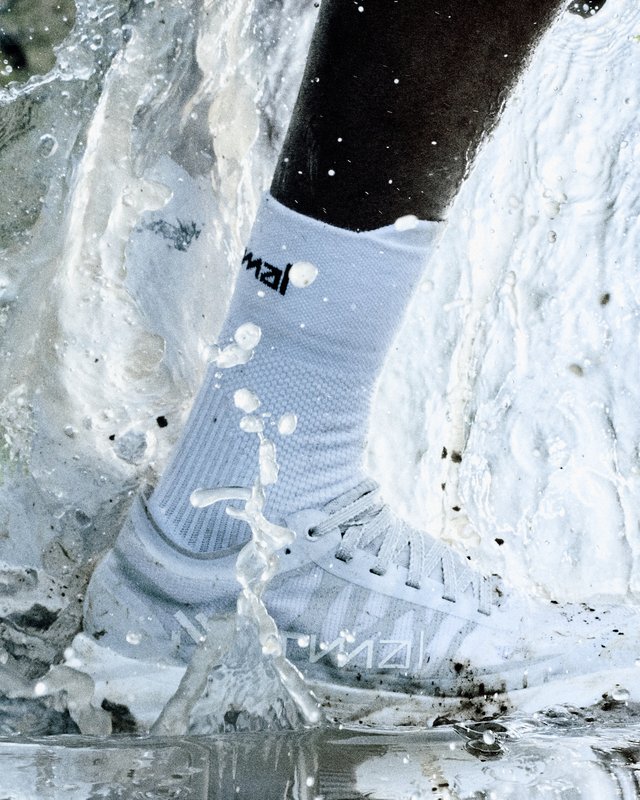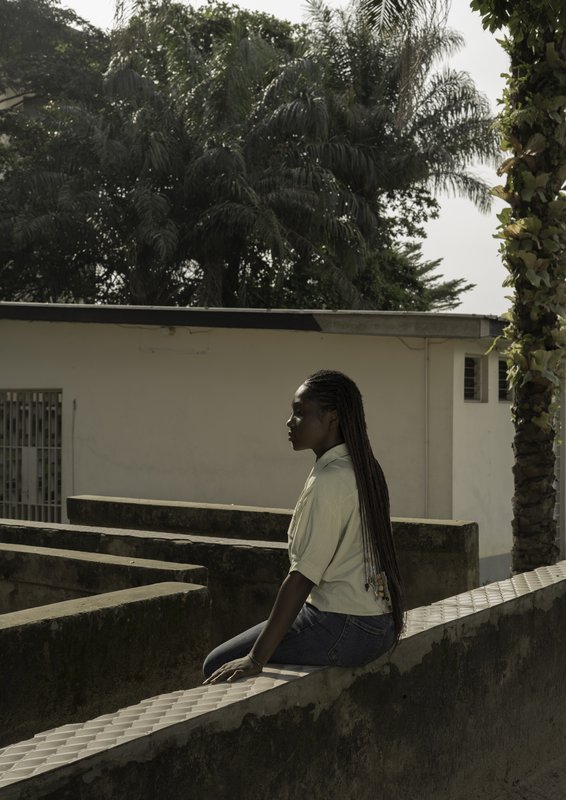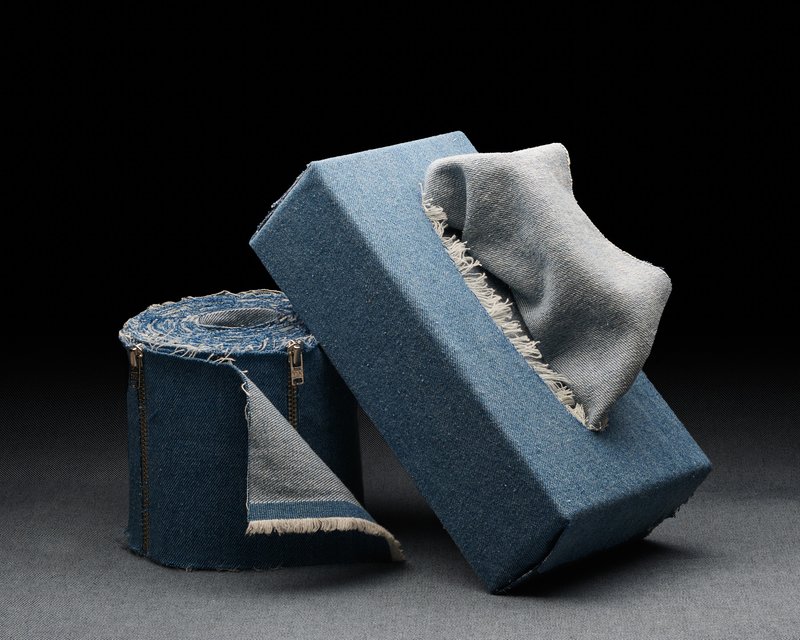
PHOTOGRAPHY
ECAL × NNORMAL
with
Nicolas Poillot
In September 2024, the start of the academic year at ECAL / University of Art and Design Lausanne, was highlighted by the beginning of our collaboration with trail equipment manufacturer Nnormal. At the same time, not far from our university, Kilian Jornet, the founder of the brand, gave our teams a taste for exploits by linking 82 peaks in the Alps over 4,000 meters high, shattering all records in the process.
In trail running, as in photography, you need passion, discipline and endurance. Our Bachelor Photography students at ECAL are not all great sportsmen and women, but they are driven by the desire to achieve visual exploits. Trained in technical mastery, conceptual development and risk-taking, they spent three years in a field of exploration that allows them to seek out limits and chart their path. It's essential for them to get off the beaten track and find a visual language that sets them apart from the vast quantity of images that overwhelm us.
ECAL has a long tradition of collaborating with top-level brands and professionals who, in addition to their own activities, wish to pass on their skills and experience to a passionate young generation looking for guidance in unfamiliar territory. Among them is Régis Tosetti, artistic director of Nnormal, who has a strong link with ECAL, where he trained for a degree in Visual Communication in 2005. Régis kicked off this collaboration with head coach Nicolas Poillot, also an art director. Nicolas forged his raw and elegant style by taking fashion towards the documentary. A guest lecturer at ECAL for several years, he has guided students tirelessly, with pragmatism and rigor, through the mapping of the brand and its visual expression. In a polluted, noisy world, saturated with superimposed stimuli, it is difficult to concentrate, to focus on a clear objective, a goal to look forward to.
The opportunity offered by the collaboration between ECAL and Nnormal has encouraged a young generation of photographers to turn to the mountains. Nature is a terrain of escape, communion and adventure for an essential imagination made up of bodies and landscape. The main subject is the mediating element between these two components, the shoes that allow us to go further in this union. But there's much more than shoes in the work of Nicolas and his students: there are values of ecology, dry and wet atmospheres, solar and nocturnal lights, technical and organic textures, muscles and tense faces that achieve deliverance through their exploits. And finally, in trail running as in photography, despite sood technical and mental preparation and systematic study of the forecasts, there are unforeseen circumstances that force us to come up with improvised solutions that reveal new forms of beauty.



















